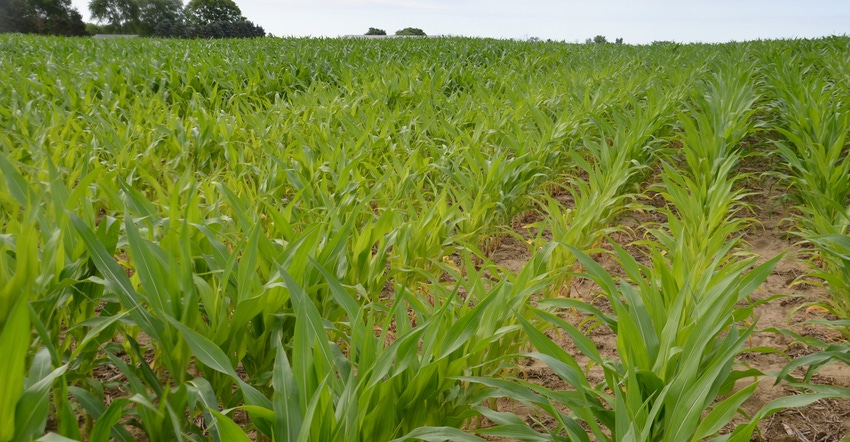July 26, 2021

Cash leases are the most common land lease used in the Corn Belt. The objective of every lease should be to provide a fair and equitable return to both parties for the inputs they contribute to the total farm operation. A fair and equitable arrangement exists when both parties are paid for the use of their inputs according to the contribution those inputs make toward generating income.
Advantages associated with cash leases in comparison to crop share and flexible cash leases include simplicity, since it is easy for the landowner to supervise a cash lease, and managerial freedom, because operators are free to make their own decisions regarding tillage practices, crop choices and other management decisions. Cash leases also provide mitigation of risk for the landowner, because they provide a steady and dependable source of rental income and limited capital requirements for landowners.
Of course, as with most lease agreements, there are some disadvantages associated with cash leases. With short-term leases, landowners must be cognizant of operators who may want to maximize short-term net returns at the expense of long-term productivity. In addition, because they do not share in any income accruing to improvements, landowners may be reluctant to invest in improvements such as tile drainage. Finally, because income is not shared, cash leases may be relatively slow to change or respond to changes in crop prices and yields.
Cash rent pricing
Local supply and demand determine the cash rental rate for a specific parcel. Having said that, expected crop returns and variability of crop returns are two of the most important factors impacting cash rental rates. In the short-term, higher crop prices will result in upward pressure in cash rental rates.
It is important to note, however, that cash rental rates do not adjust instantaneously to increases or decreases in crop prices. Land rental rates are more likely to increase if the long-term average crop price is trending upward, rather than just experiencing higher crop prices in the recent past, like we have in the past year or so.
If landlords would prefer a lease that adjusts more quickly to recent crop prices changes, they should look into crop share or flexible cash leases. In the long term, soil fertility levels, surface and sub-surface drainage, availability of buildings and grain storage, and land quality will be important determinants of cash rental rates.
One way landlords can gauge the productivity of their farm is by collecting crop insurance yield information for the crops grown on that farm. Land quality is positively correlated with higher crop yields. Additional cash leasing factors include location of the farm, and the size and shape of fields. In general, poor road access, small fields and irregularly shaped fields will rent for less than parcels or fields without these properties.
Communication, regardless of the leasing arrangement used, is extremely important. It is prudent for an operator to provide updates of crop conditions throughout the year and make sure that leasing terms are understood by both parties. Even though oral leases are common, they are not recommended. It is too easy for memories to fail, causing avoidable disagreements.
Langemeier is a Purdue University Extension ag economist and associate director of the Purdue Center for Commercial Agriculture. He writes from West Lafayette, Ind.
You May Also Like




